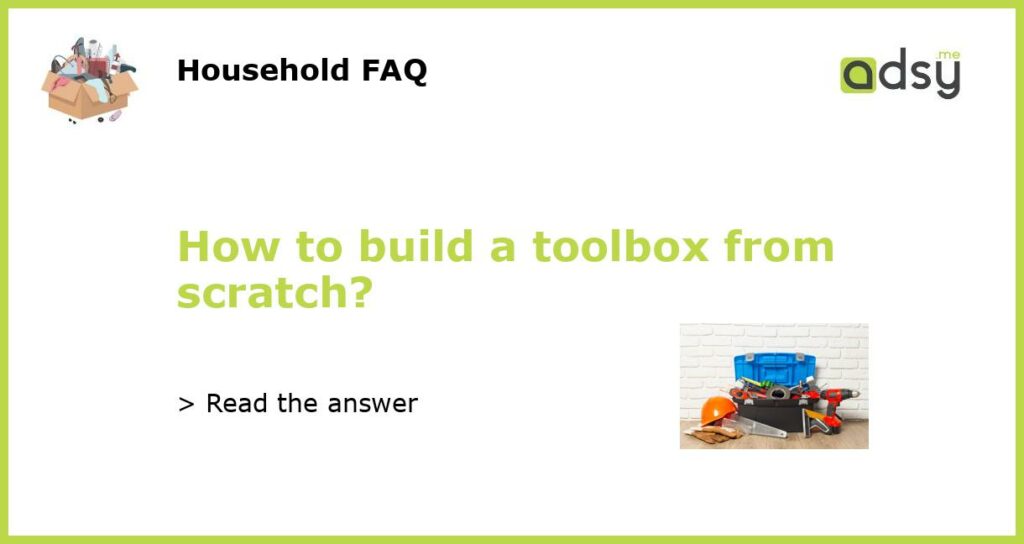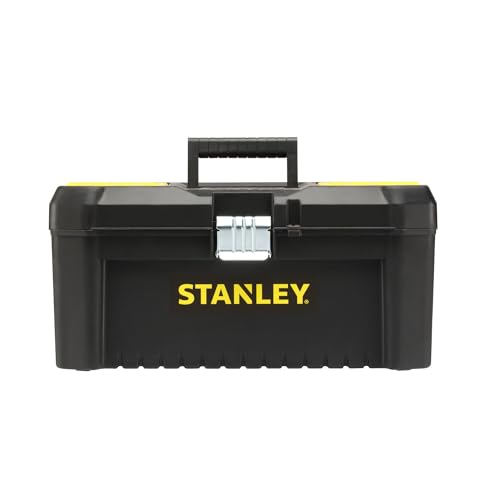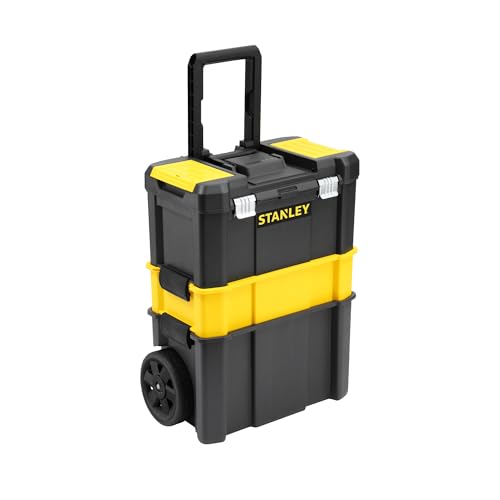Determine your needs and budget
Before you can start building your toolbox, it’s essential to determine your needs and budget. Consider the types of projects you plan to tackle and the tools required to complete them. Assess how often you’ll be using the tools and make a list of the essential items you need to get started. Additionally, set a budget for your toolbox to ensure you don’t overspend.
Research and choose high-quality tools
Once you have a good understanding of your needs and budget, it’s time to research and choose the tools you’ll include in your toolbox. Look for high-quality tools that are durable and built to last. Check online reviews and seek recommendations from trusted sources to ensure you’re investing in the best tools for your needs. Choosing quality tools will save you time and money in the long run, as they’ll typically require fewer repairs and replacements.
Start with the basics
Building a toolbox from scratch can be overwhelming, so it’s best to start with the basics. The essential tools that every toolbox should have include a hammer, screwdrivers (both Phillips and flathead), pliers, an adjustable wrench, a tape measure, and a utility knife. These tools will cover a wide range of tasks and serve as a foundation for your toolbox. As you gain more experience and tackle different types of projects, you can gradually expand your collection of tools.
Consider power tools
While hand tools are essential, it’s also worth considering the inclusion of power tools in your toolbox. Power tools can significantly speed up the completion of projects and make certain tasks much easier. Some common power tools to consider for your toolbox include a cordless drill, circular saw, jigsaw, and a sander. Take into account the types of projects you plan to undertake and research the appropriate power tools needed for those tasks.
Organize and store your tools properly
Once you’ve acquired the necessary tools for your toolbox, it’s important to organize and store them properly. This will not only make it easier to find and access the tools you need but also help keep them in good condition. Invest in a sturdy toolbox or tool bag that offers enough space for all your tools. Consider using foam inserts or tool organizers to keep your tools in place and prevent them from getting damaged. Creating a systematic organization system will save you time and frustration in the long run.






